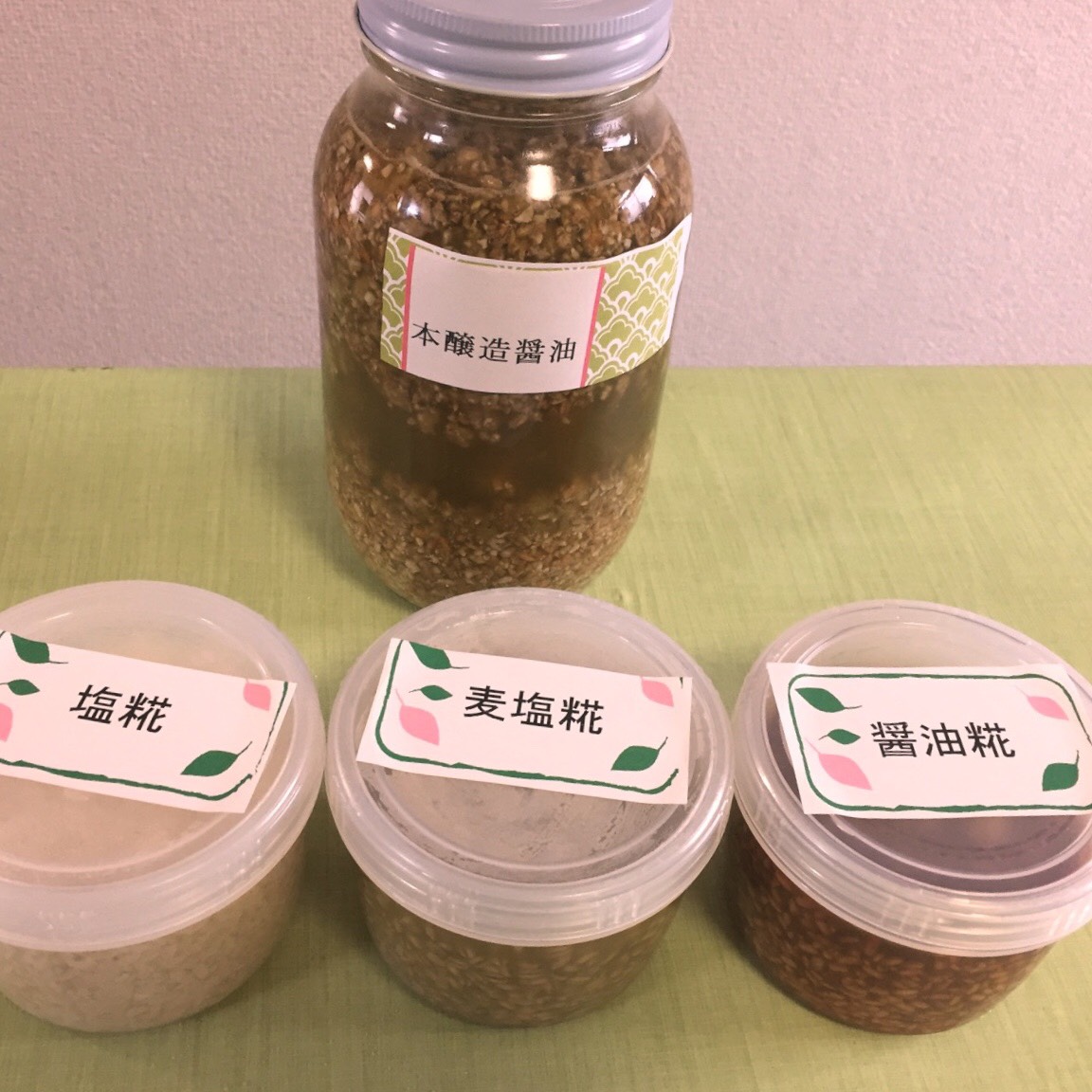Please order fermentation class in English
If you wanted to make organic miso to store in the house, this activity is for you. It could be a food memory in Japan. Find out all about miso technique, fermentation and organic ingredients here.
Making your own miso is very popular in Japan. Making soy sauce is a little bit difficult but… you would like to make this fermented, fungal-powerful food.
First, miso takes just an hour for making a paste but needs at least six months to a year to ferment. Next, miso doesn’t require a lot of technical knowledge. The most required thing is your stamina. All you have to do is Kneading steamed beans and wheat.
Japanese Fermentation is so unique.
Japanese fermentation is considered to be unique and distinct from other types of fermentation around the world. Japan has a long history of fermentation, and it has become an integral part of Japanese cuisine and culture.
One of the defining characteristics of Japanese fermentation is the use of koji, a type of fungus that is essential in the production of many traditional Japanese foods and beverages, such as miso, soy sauce, sake, and mirin. Koji contains enzymes that break down the starches in grains and legumes into simple sugars, which can then be fermented by other microorganisms to produce a variety of flavors and aromas.
In addition to koji, Japanese fermentation also often involves the use of specific bacteria and yeasts that are unique to Japan. These microorganisms are carefully selected and cultured to create specific flavors and textures in fermented foods.
Overall, Japanese fermentation is considered to be a rich and diverse tradition, with many unique and complex flavors and techniques that have been developed over centuries. It continues to be an important part of Japanese cuisine and culture today.


